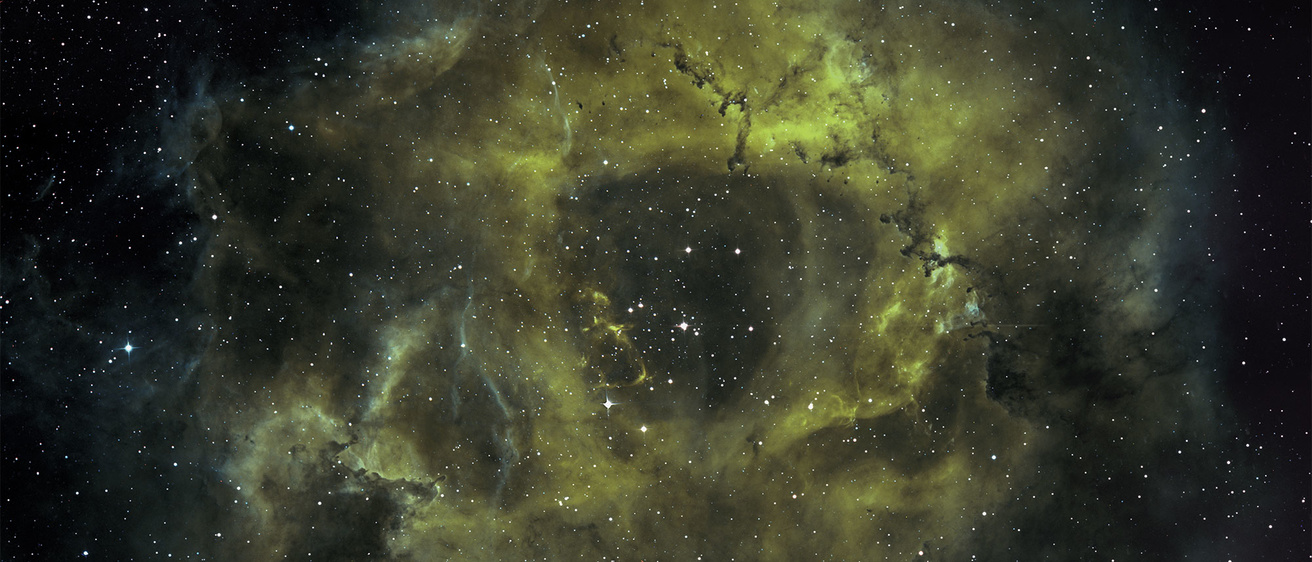The Rosette Nebula (NGC 2247) is a vast molecular cloud region located 5,000 light years from Earth.
Image created by undergraduate student Chris Michael using images taken at the Van Allen Observatory’s Gemini telescope located in southern Arizona.
News
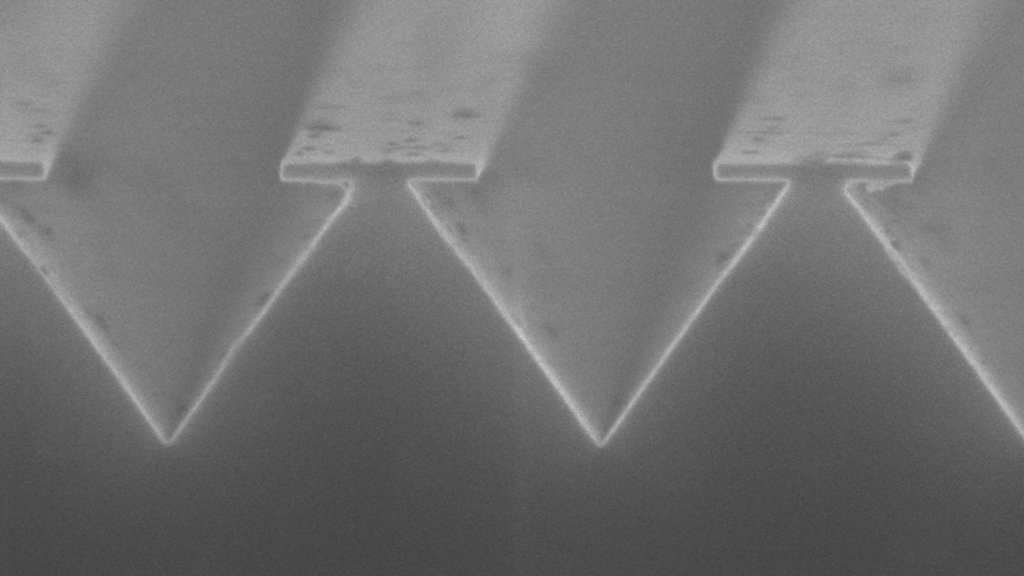
DeRoo Receives Grant to Customize Reflection Gratings
Tuesday, March 5, 2024
The National Aeronautics and Space Administration (NASA) awarded a $499,846 grant to Assistant Professor Casey DeRoo for research related to Rapid Electron Beam Lithography Patterning for Customized Reflection Gratings.
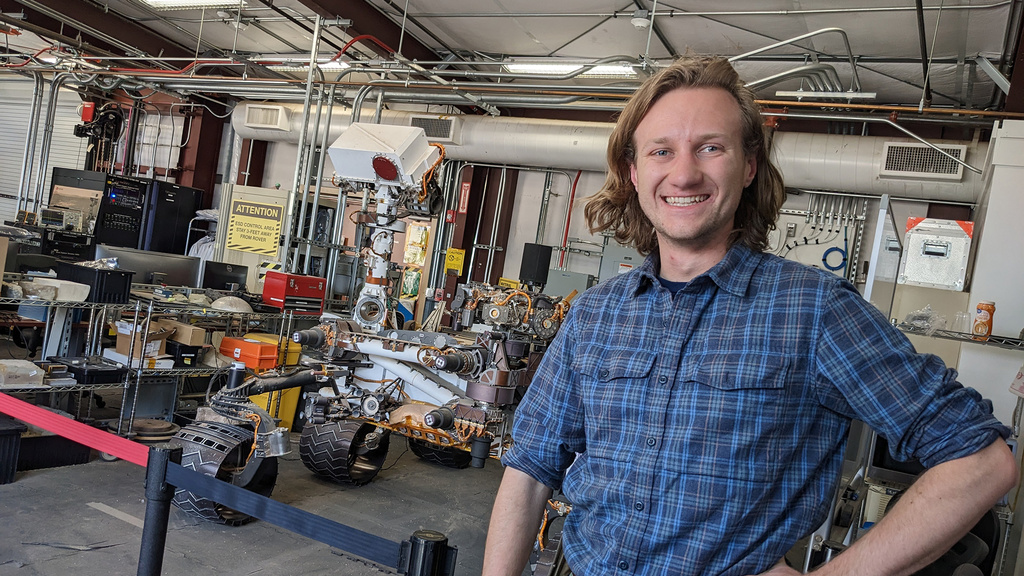
Payne Designs Big-Ticket Mission at NASA Design School
Monday, January 8, 2024
Graduate student Jacob Payne went to school—but not just any school. Payne earlier this year attended NASA’s Astrophysics Mission Design School, the first ever in astrophysics offered by NASA that teaches grad students how to write proposals for grand-idea, big-budget missions.
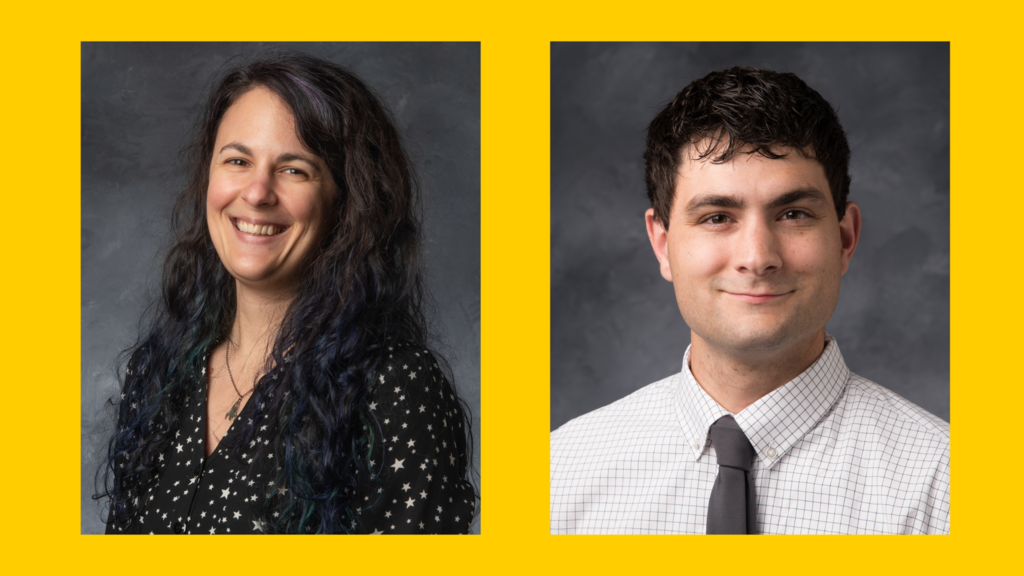
Hoadley, DeRoo Receive Nancy Grace Roman Technology Fellowships
Thursday, December 21, 2023
Professors Keri Hoadley and Casey DeRoo have been awarded Nancy Grace Roman Technology Fellowships in Astrophysics for Early Career Researchers.
Faculty Specializing in this Area

Shea Brown, Ph.D.
Title/Position
Associate Professor of Instruction

Casey DeRoo, Ph.D.
Title/Position
Assistant Professor
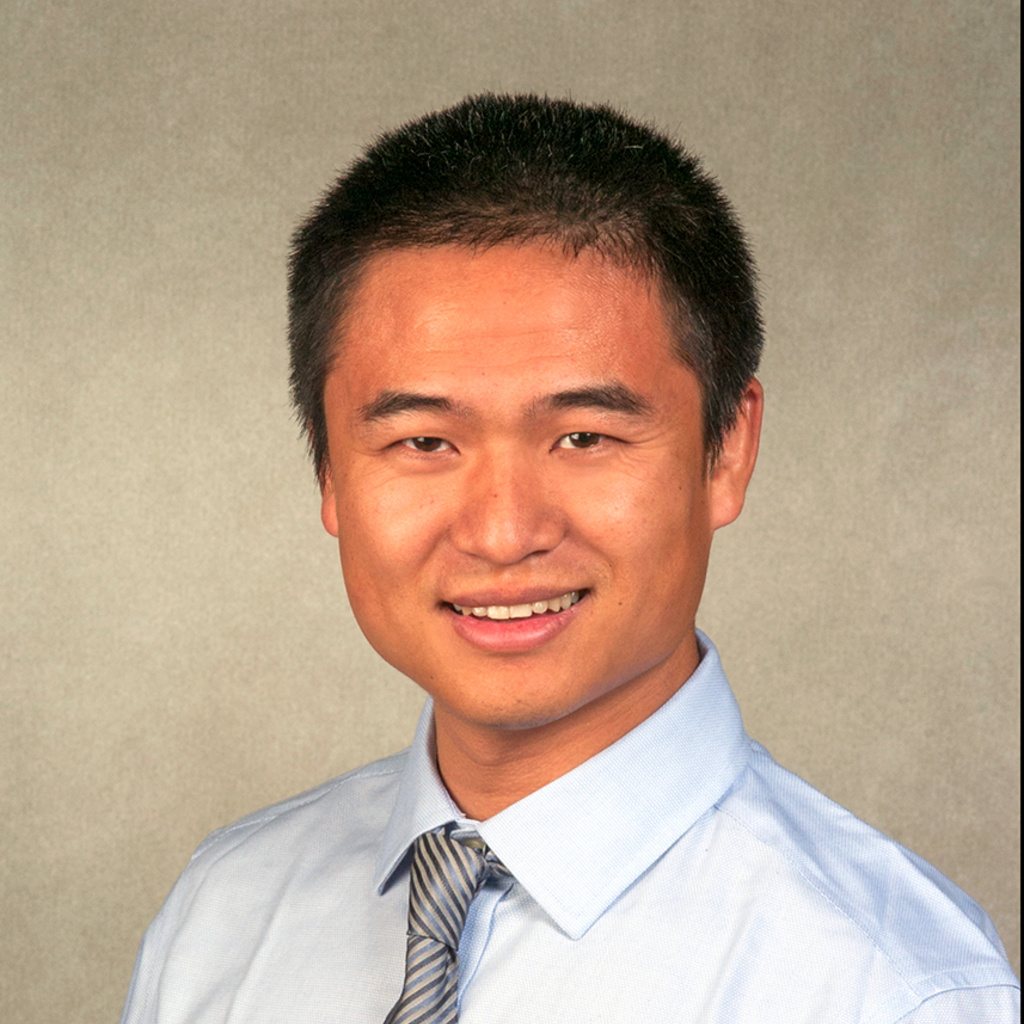
Hai Fu, Ph.D.
Title/Position
Associate Professor
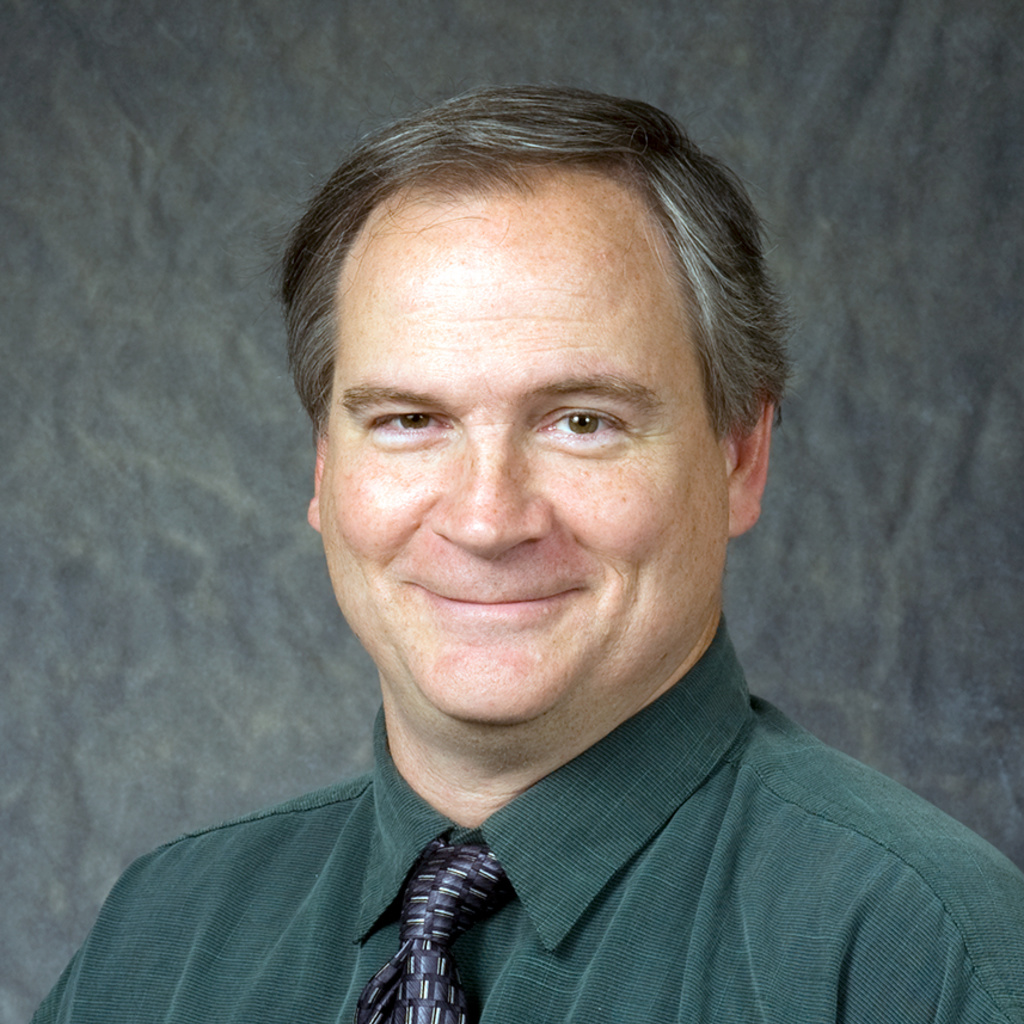
Kenneth G. Gayley, Ph.D.
Title/Position
Associate Professor
Astronomy Graduate Advisor

Jasper S. Halekas, Ph.D.
Title/Position
Professor
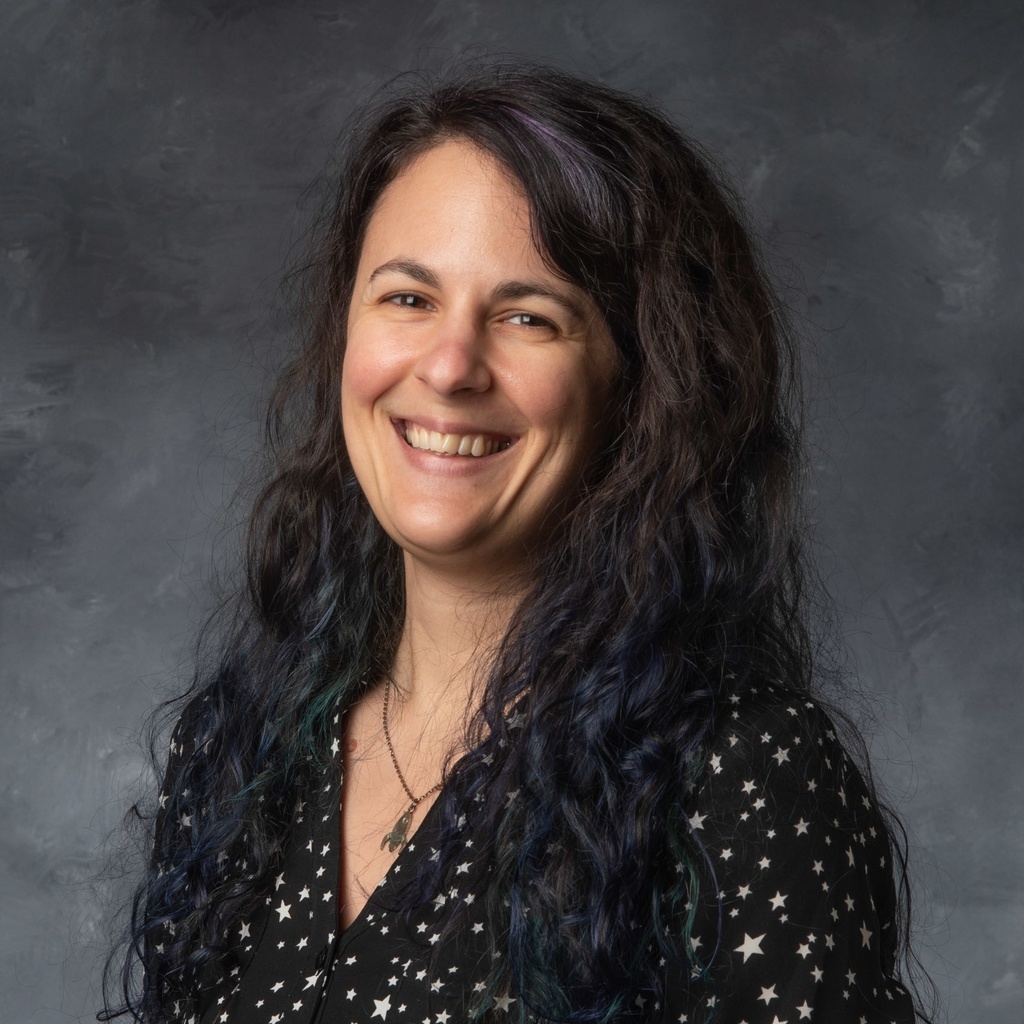
Keri Hoadley, Ph.D.
Title/Position
Assistant Professor
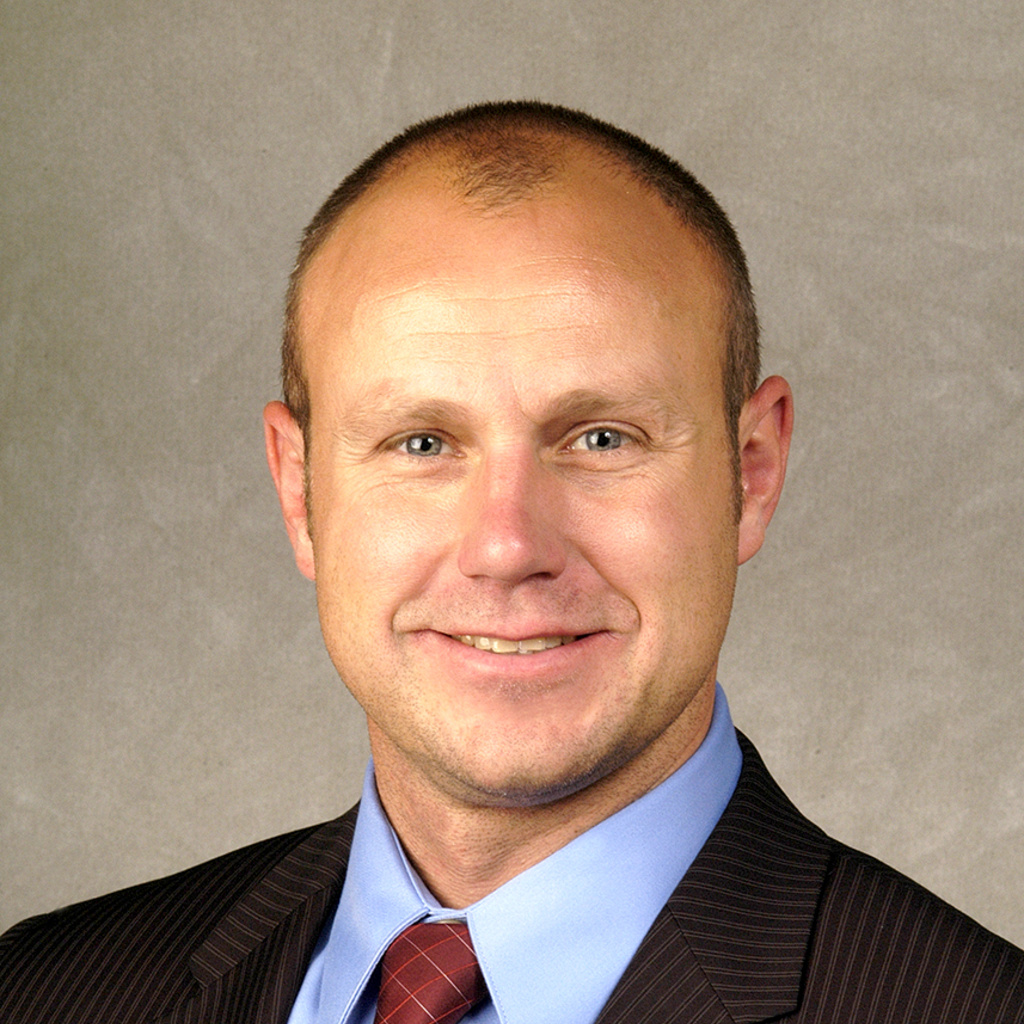
Gregory G. Howes, Ph.D.
Title/Position
Professor
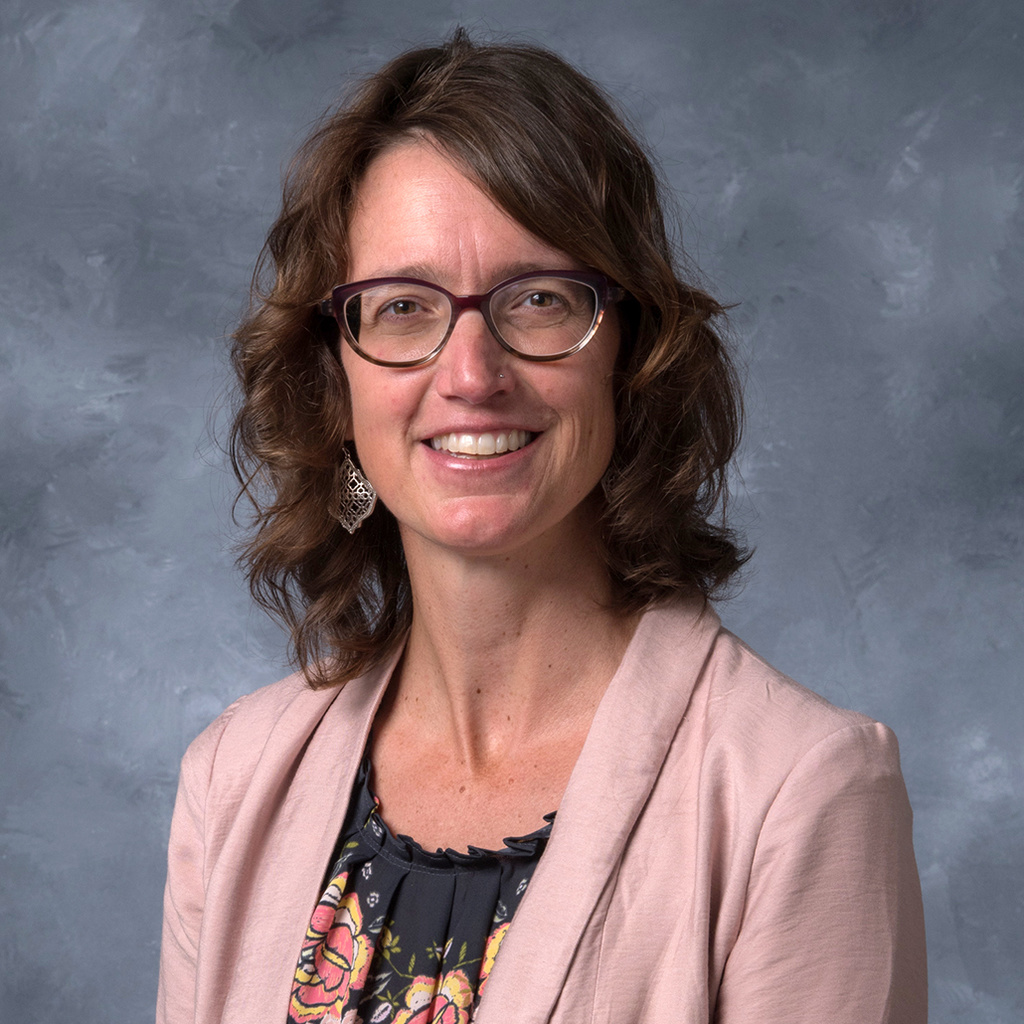
Cornelia C. Lang, Ph.D.
Title/Position
Professor
Associate Dean for Undergraduate Education (CLAS)
Research Staff in this Area
There are currently no results to display.
